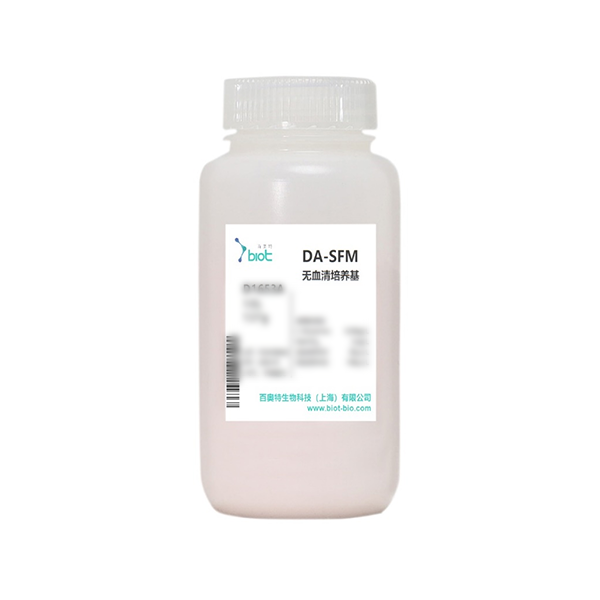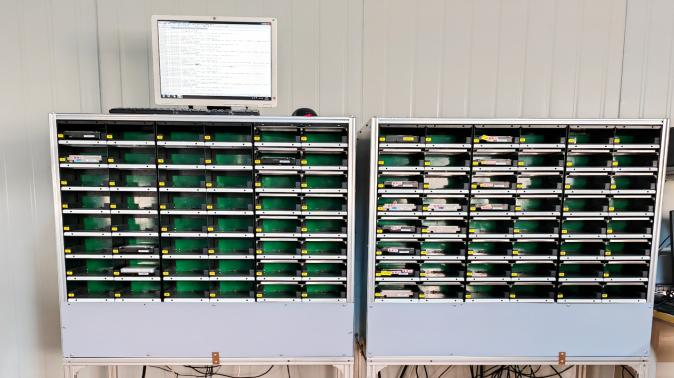When it comes to protecting your property from water damage, ensuring a waterproof flat roof is of utmost importance. However, with numerous options available, it can be challenging to determine the best way to waterproof a flat roof. In this comprehensive guide, we will explore the most effective methods and techniques, providing you with the knowledge to make informed decisions and safeguard your investment.
- Understanding the Importance of Waterproofing:
Before delving into the best ways to waterproof a flat roof, it is crucial to comprehend why it is essential. Water infiltration can lead to structural damage, mold growth, and costly repairs. By implementing proper waterproofing measures, you can extend the lifespan of your roof and maintain a safe and dry environment. - Evaluating Flat Roofing Materials:
Different flat roofing materials require specific waterproofing techniques. Whether you have a built-up roof (BUR), modified bitumen, EPDM, PVC, or TPO, understanding the characteristics and vulnerabilities of each material is crucial for effective waterproofing. We will explore the pros and cons of each material and recommend suitable waterproofing methods. - Identifying Common Waterproofing Issues:
To address waterproofing concerns effectively, it is essential to identify common issues that may arise with flat roofs. These include ponding water, membrane damage, flashing problems, and inadequate drainage. By recognizing these issues, you can proactively prevent water infiltration and potential damage. - Best Practices for Flat Roof Waterproofing:
a. Proper Roof Slope and Drainage: Ensuring a sufficient slope and effective drainage system is vital to prevent water accumulation on a flat roof. We will discuss the recommended slope and various drainage options, such as scuppers, gutters, and downspouts.
b. High-Quality Roof Membranes: Selecting durable and reliable roof membranes is crucial for long-lasting waterproofing. We will explore the different types of membranes available and their suitability for various flat roofing materials.
c. Flashing and Sealant Application: Proper installation of flashing and sealants around roof penetrations, edges, and joints is essential to prevent water seepage. We will provide step-by-step instructions and tips for achieving a watertight seal.
d. Regular Roof Inspections and Maintenance: Regular inspections and maintenance are key to identifying and addressing potential waterproofing issues before they escalate. We will outline a comprehensive maintenance plan to ensure the longevity and effectiveness of your flat roof. - Hiring Professional Waterproofing Contractors:
While some homeowners may opt for a DIY approach, hiring professional waterproofing contractors can provide peace of mind and ensure optimal results. We will discuss the qualifications to look for in a contractor, the importance of proper licensing and insurance, and how to select the right professional for your specific flat roofing needs.
Conclusion:
Achieving a waterproof flat roof requires a combination of proper materials, techniques, and maintenance. By understanding the unique characteristics of your flat roof and implementing the best practices outlined in this guide, you can effectively protect your property from water damage. Remember, investing in high-quality waterproofing today can save you from costly repairs and headaches in the future.



